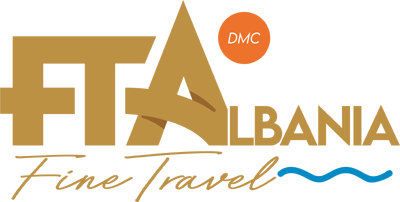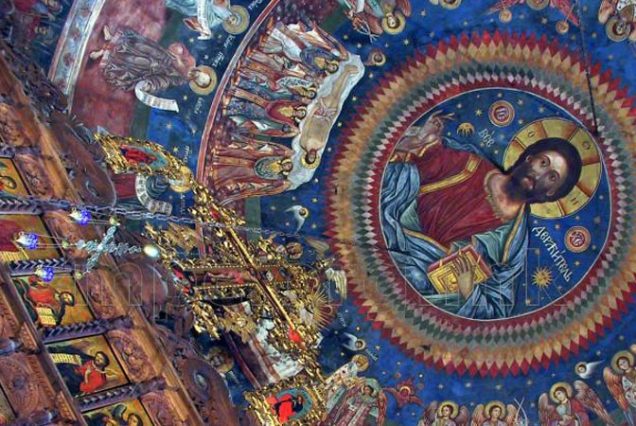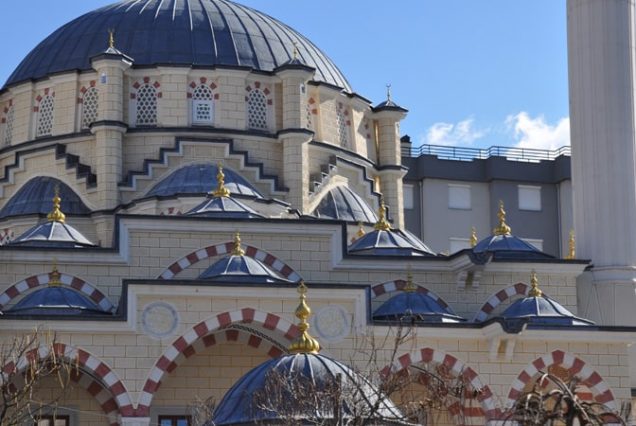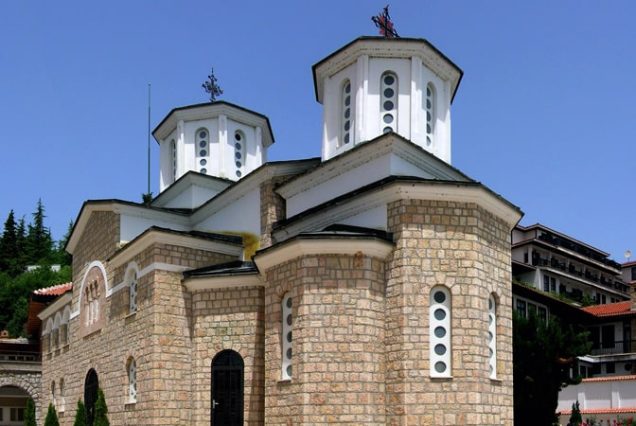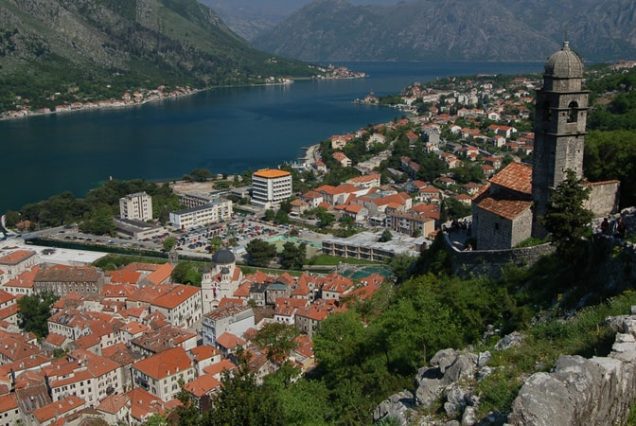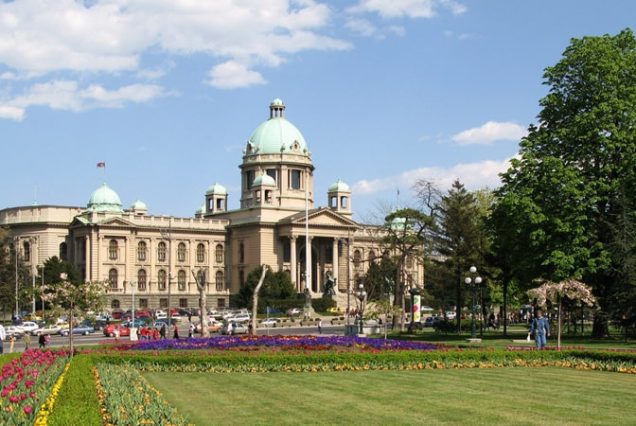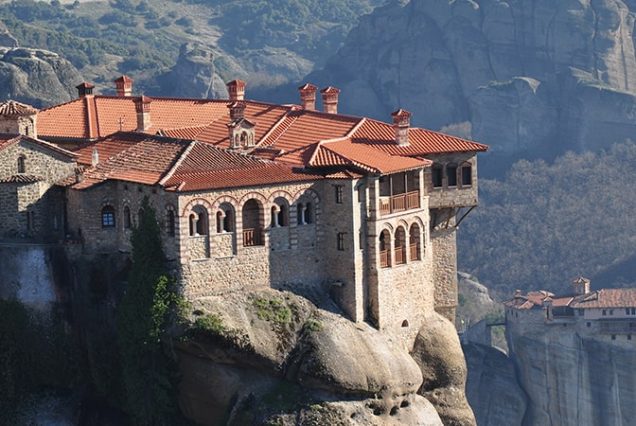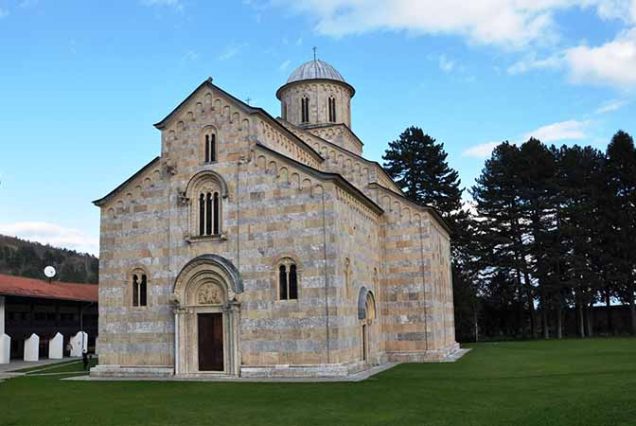Tour Plan
Meet at the airport and transfer to Shkodra the most important town of north Albania and one of the oldest in the country. It is thought to have been founded around 4th century B.C. and it was the centre of the Illyrian Tribe of Labeat. In the 3 rd century B.C. it became the capital of the Illyrian Kingdom under Pleurat and Agron, who were two of the noteworthy kings. We check in at our hotel and free to explore the beautifully renovated centre where you can take a short walk in town through the nicely restored pedestrian area of Italian architectural influences. Overnight in Shkodra.
After an early breakfast we will visit the Rozafa Castle thought to have been rebuilt during Venetian rule in the 14th century over the previous foundations of the Illyrian castle, which served all the above mentioned Kings. Spectacular views all around can be enjoyed from the castle where you will feel the supremacy the Illyrians would have had over their enemies standing in such an imposing castle. Proceed to neighboring Montenegro to visit The Old City of Kotor a well preserved urbanization typical of the Middle Ages, built between the 12th and 14th century. On the way we stop for panoramic views of the wonderful Montenegrin coast and the famous island of Sveti Stefan. Kotor’s medieval architecture and numerous monuments of cultural heritage have made it an UNESCO protected site. After exploring the old town of Kotor, drive to another UNESCO World heritage town, Dubrovnik, which beauty has made it famous all around the world. Overnight in Dubrovnik.
After an early breakfast depart to Bosnia Herzegovina and the UNESCO town of Mostar famous for its bridge which is not only a beautiful monument but also a symbol of unity. Mostar has long been known for its old Turkish houses and Old Bridge, “Stari Most”, after which it is named. In the 1990s conflict, however, most of the historic town and the Old Bridge, designed by the renowned architect Sinan, was destroyed. The Old Bridge was recently rebuilt and many of the edifices in the Old Town have been restored or rebuilt with the contribution of an international scientific committee established by UNESCO. The Old Bridge area, with its pre-Ottoman, eastern Ottoman, Mediterranean and western European architectural features, is an outstanding example of a multicultural urban settlement. The reconstructed Old Bridge and Old City of Mostar symbolizes reconciliation, international co-operation and of the coexistence of diverse cultural, ethnic and religious communities. After the visits of the old town we proceed to Sarajevo through a marvellous natural spectacle of mountains, canyons, rivers and
lakes. Arrive in Sarajevo where cultural influences from west and east float throughout the city, in its architecture, feel and way of life. Check in at hotel and then on your own you would be able to feel the heart of the Balkans pulsating at night. Overnight in Sarajevo.
Sarajevo is truly and visibly a multicultural city, and its compactness and tasteful coexistence of western and eastern features capture the heart of the Balkans as a multicultural melting pot and surprise any visitor. We will take a driven and walking tour of the major attractions including the western and eastern architectural influence parts of town standing side by side. We will vist among other things; The Bosnian National History Museum, Bašèaršija the main market place, mosques, Sarajevo Cathedral and synagogue, the city hall etc. An attraction not to be missed in Sarajevo is the Dobrinja – Butmir Tunnel a.k.a Tunnel of Hope, built under the airport runway from the 27.March 1992 to 30. July. The tunnel linked the Sarajevo neighbourhoods of Dobrinja and Butmir , allowing food, war supplies, and humanitarian aid to come into the city, and people to get out. The tunnel was one of the major ways of bypassing the international arms embargo and providing the city defenders with weaponry.The tunnel represents a symbol of a four-year-long resistance to the siege of the City and its citizens, a resistance against genocide and urbicide conducted on the City by the aggressor from 1992 to 1995. Overnight in Sarajevo.
After breakfast we drive through wonderful hills and fields towards Belgrade the capital city of Serbia and one of the most influential cities in the Balkans. The city lies upon the Danube River, the aquatic route connecting the countries of Western and Middle Europe to the countries of the South-eastern and Eastern Europe. Its harbour is visited by ships from the Black Sea, and with the completion of Rhine-Main-Danube channel it found itself at the centre of the most important aquatic route in Europe: Northern Sea – Atlantic – Black Sea. Due to its position it was rightfully named “Gates of the Balkans” and the “Doors of Middle Europe”.From the Celtic dun and the Roman castrum the city grew into a significant border fortification of the Huns and then the Byzantine emperors Anastasius and Iustinianus, the Avars, Bulgars, Ugars, Serbs, Turks and Austrians, until it became the capital of modern Serbia during the 19th century. The name Belgrade was first recorded in a letter on April
16, 878, of Pope John VIII. It is the third largest populated city in the Balkans after Istanbul and Athens. Main attractions include its castle, several characteristic streets and squares which we will visit. Overnight in Belgrade.
Morning we drive onwards to Prishtina. Visit Gracanica Monastery which was constructed on the ruins of an older 13th century church of the Holy Virgin, which was built on the ruins of a 6th century early Christian basilica. Of the former monastic compound, only the church has survived. Visit Ulpiana an ancient Roman site also named Justiniana Secunda. Under the Roman Empire, Ulpiana flourished and it is mentioned as a glorious city & urb splendidissma & Ulpiana suffered numerous attacks from barbarian tribes (Huns, Goths), it was destroyed in 479 by the Goths. A final blow came when an earthquake struck in 518 AD and destroyed what remained of Ulpiana. Next we visit the 1389 Kosovo Battlefield and Sultan Murat’s grave. After these visits we enter the city of Prishtina for a late afternoon walk through the centre of town. Overnight in Prishtina.
After breakfast we drive to to Prizren, a true open air museum, one of the most beautiful towns of Kosovo. It is situated on the slopes of the Sharr Mountains and on the banks of the river Bistrica. The craftsmen of Prizren are well known for their beautiful gold and silver articles and other folk handcrafts. From all the cities of Kosovo, Prizren has best preserved the architectural style of the past. After walking visits of Prizren and lunch drive to Skopje, capital of North Macedonia. We take a
guided tour of the main sites including the old Turkish bazaar, the memorial house of Mother Teresa, stone bridge and the Macedonia Plaza. Overnight in Skopje.
After breakfast drive to Ohrid a Unesco town region. We will visit: Church “St. Sofia”, built between the 11th and 14th century, was the seat of the Archbishop. “St. Clement” is a classic Orthodox Byzantine church, dominating the Old Town, which demonstrates the link between, Byzantine and Italian Renaissance art. At “Plaoshnik”, in the 9 the century, St. Clement of Ohrid founded the first University of Europe and educated 3.500 students, St. John at Kaneo, stands alone on a small promontory which juts out into the Lake at the western end of the Old Town, and provides spectacular panoramic views of the
Lake and surrounding mountains. Overnight in Ohrid.
After breakfast depart to Albania . On the way we will visit also the remarkable and very picturesque Sveti Naum Monastery. Continue on to Albania where at Drilon a quick stop to tell you about one of the fishing villas of the Albanian Dictator. Continue on to Korca for a visit of the town with a beautifully renovated bazaar and the updated Medieval Art Museum with a wonderfully rich collection of icons displayed in this model of a modern museum. Overnight in Korca.
We depart early from Korça to Gjirokastra, museum city and UNESCO heritage site. Continue on through breathtaking scenery of the lush fields of Kolonja, the dense forests of Germenj , the mountains and gorges of Leskovik. After Leskovik we meet one of the last wild flowing rivers in Europe, Vjosa with its deep opal green colors which will be our co-traveller to Permet where we may stop for a lunch (optional). Continue to Gjirokastra, the birthplace of former iron-fisted dictator of Albania, Enver Hoxha. Visit in the pre-Ottoman citadel with a weapons museum and the Ethnographic Museum which is also the house the Albanian dictator. Overnight in Gjirokastra.
After breakfast depart to the ancient city of Butrint another UNESCO World Heritage considered the best archaeological site in Albania and beyond. The site has been occupied since at least the 8th century BC, although myths associated with its origins speak of the city’s foundation by Trojan exiles. It is situated on a beautiful peninsula among dense vegetation. After visits we depart through the breathtaking Albanian Riviera with spectacular panoramic views of untouched beaches stretching for
miles, and rugged mountains falling into the sea. Arrival in Vlora where we visit the Independence Museum a house where the Albanian independence declaration from the Ottoman Empire was signed in 1912. Overnight in Vlora.
After breakfast depart for the archaeological site of Apollonia one of the most important ancient centres in Roman times on the famous Via Egnatia. Caesar chose to send his nephew Augustus Octavian to study oratory in Apollonia which is testimony to the importance of this ancient city as a learning centre. Visit the city and an Orthodox monastery turned into the archaeological museum of the site. After visits drive to Berat, one of the most visited and characteristic towns in Albania under the protection of UNESCO as a patronage of humanity for its architectural uniqueness. We visit the fortress still inhabited and the Onufri Museum situated in one of the churches within the citadel. Onufri was an Albanian Icon master painter of the 16th century who painted many Orthodox churches in Albania and Greece, becoming famous for using a special red colour now called the Onufrian red. Just below the fortress in the Mangalem district we visit the King & Mosque, the Bachelor & Mosque and the Alveti Tekke completing a tour of this town’s religious tolerance. Overnight in Berat in the old district of Mangalem.
This morning we drive to Kruja - the centre of Albanian resistance against the Ottoman invasion under our national hero Scanderbeg. He kept them from crossing into Western Europe for 25 years, thus earning the title “Champion of Christ” given by the Pope. We visit the Skanderbeg Museum, a very rich Ethnographic Museum and the Old Bazaar where traditional carpet looming and wood carving can be witnessed live as you stroll. After the visits, proceed to Tirana where we will take a driven tour of this Mediterranean capital as well as a short walk through the Blloku area where our guide will explain one of the hardest and most isolated communist regimes in Europe. Overnight in Tirana.
After breakfast, free to explore until time of transfer to Airport which ends our services.
